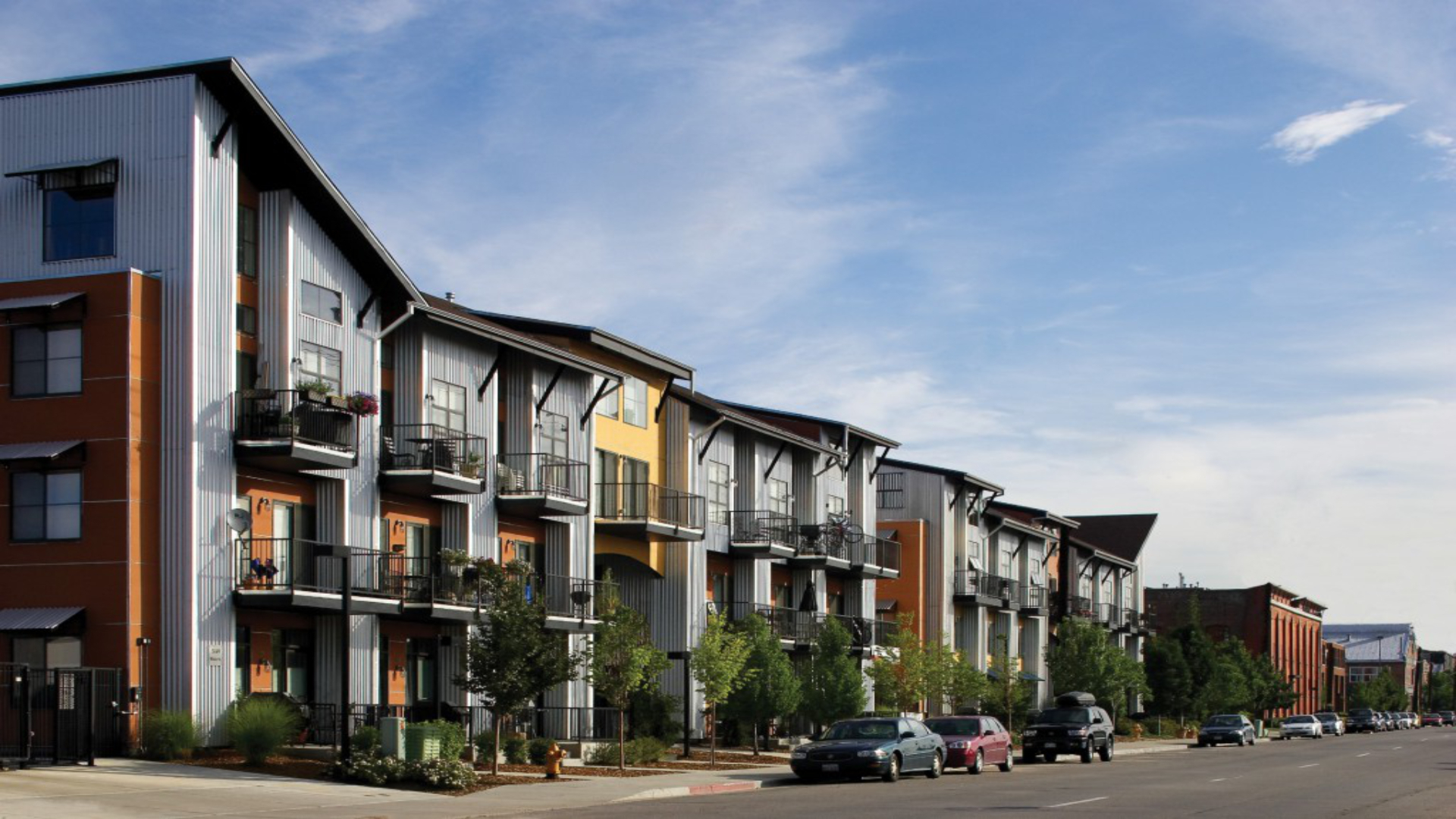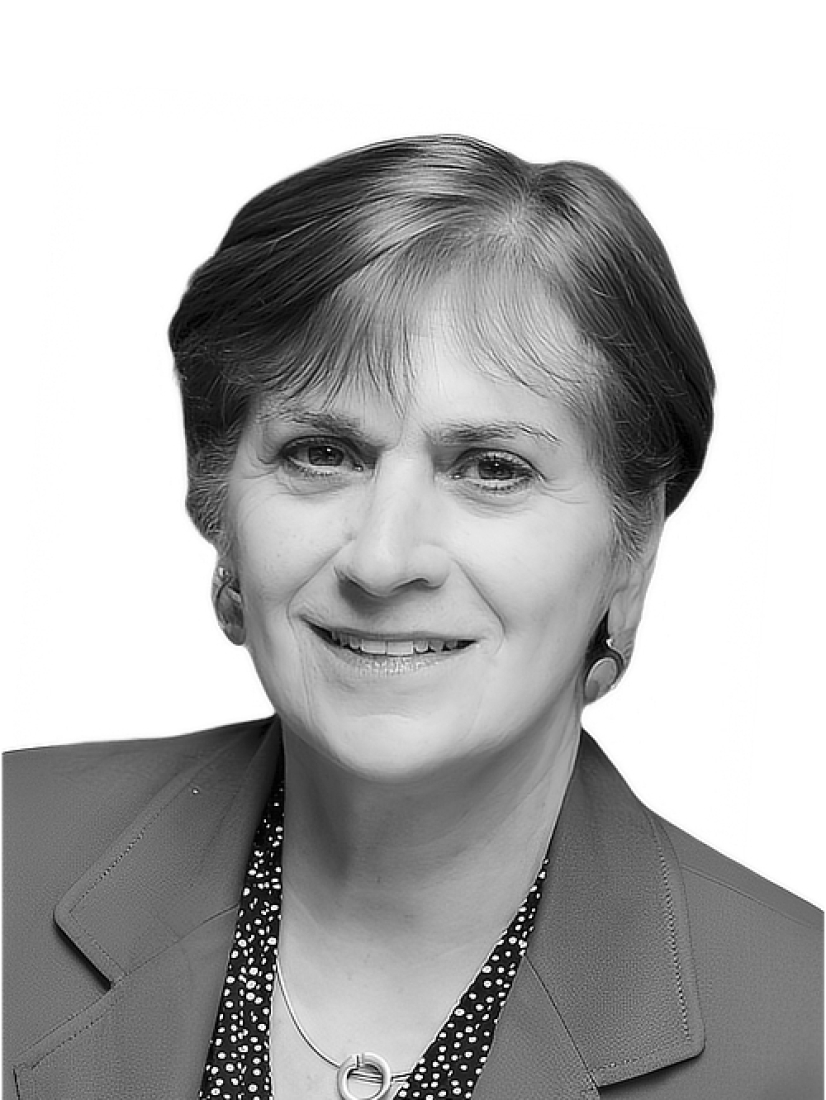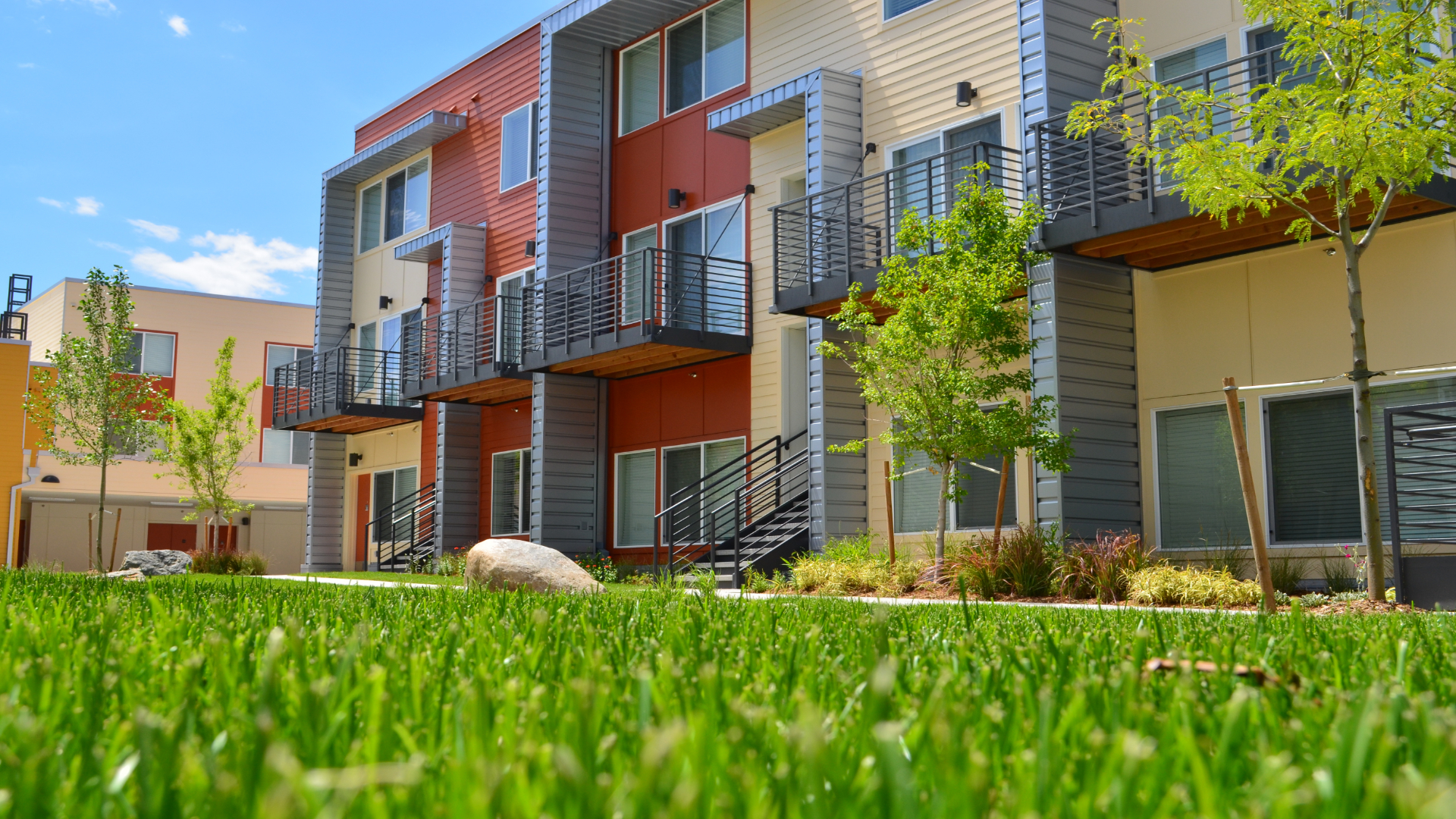5 key facts about this project
The architectural design project presented focuses on modular housing solutions in Paris, aiming to address the city's pressing housing crisis. This initiative promotes the development of adaptable living spaces that respond to the demand for affordable accommodation amidst rising urban density and real estate challenges. The project employs a modular approach, showcasing a system of stackable units that allow for flexibility in configurations and uses.
Architecture and Urban Integration
The architectural design incorporates multiple unit types, accommodating various household sizes and lifestyles. The smallest configuration includes 36 square meters intended for single occupants, while larger options, measuring up to 72 square meters, cater to small families. Each unit maximizes the efficient use of space through multifunctional furniture, such as convertible sofas and modular tables, enhancing comfort without compromising functionality.
This project places emphasis on community-oriented design, featuring communal spaces that allow residents to engage with one another. Outdoor terraces and gardens are integrated into the structure, encouraging social interaction while promoting sustainable practices in urban environments. The design is carefully woven into the existing urban fabric of Paris, respecting local architectural styles while introducing contemporary design elements.
Sustainable Construction and Materiality
A distinctive aspect of this project lies in its commitment to sustainability through the use of prefabricated materials. The construction employs lightweight steel and reinforced concrete panels, which contribute to structural integrity while minimizing environmental impact. The implementation of glass facades ensures ample natural light permeates the living spaces, creating a sense of openness within compact units.
Green roofs are also incorporated, which not only enhance the aesthetic appeal but also support biodiversity and reduce urban heat effects. The choice of materials reflects a balance between durability and sustainability, reinforcing the project's overarching goal of providing practical yet environmentally conscious housing solutions.
Flexibility and Customization
The modular design approach allows for a high degree of flexibility and customization. The units can be configured in various arrangements, accommodating different family structures and needs. Users have the option to modify layouts through movable partitions, which enable the transformation of open spaces into distinct areas based on user preference. This adaptability enhances the longevity of the units by catering to evolving demographics and lifestyle changes.
The integration of functional zones within each unit reinforces the emphasis on practical living. Well-defined areas for cooking, sleeping, and leisure improve the overall flow and usability, creating a thoughtful living experience.
For further exploration of this project, including in-depth architectural plans, sections, and design ideas, readers are encouraged to review the complete project presentation to gain deeper insights into its innovative approach to modular housing in Paris.





















































